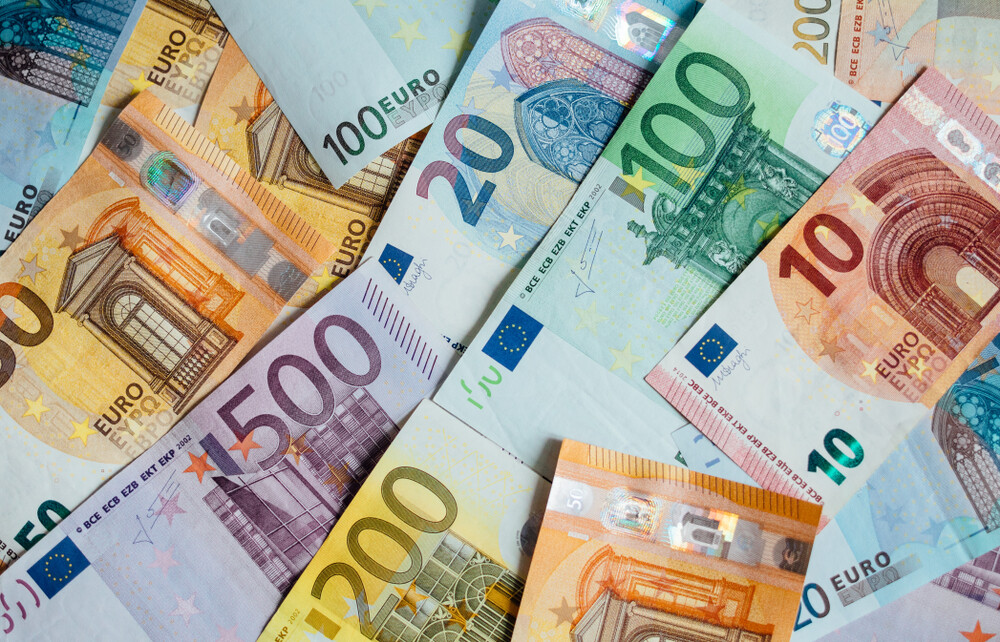
The euro has hit its lowest level against the dollar in nearly two years, as concerns over a potential global recession and the impact of US trade policies continue to weigh on the European currency.
The euro-dollar exchange rate dipped below 1.04 on Tuesday, its weakest level since November 2022. The decline has been accelerated by the recent US presidential election, with investors betting on a weaker euro as Donald Trump's victory is expected to lead to increased trade tensions and a stronger US dollar.
Factors Driving the Euro's Decline
Several factors are contributing to the euro's weakness:
Strong US Economy: The US economy has shown resilience, with a strong jobs market and signs of inflation. This has led to expectations that the Federal Reserve will maintain a tighter monetary policy, supporting the dollar.
European Economic Slowdown: In contrast, the Eurozone is grappling with a slowing economy, particularly in Germany. The European Central Bank is expected to cut interest rates to stimulate growth, further weakening the euro.
Trade Tensions: The election of Donald Trump has raised concerns about increased trade protectionism, which could negatively impact the export-oriented European economy.
Safe-Haven Demand: Amidst global economic uncertainties, investors are seeking safe-haven assets, driving demand for the US dollar.
Market Expectations
Analysts are predicting that the euro could fall even further, with some even forecasting parity with the dollar. The upcoming Federal Open Market Committee (FOMC) meeting on November 28th will be closely watched by investors for clues on the future direction of US monetary policy.
"If the FOMC minutes suggest that the Fed is likely to continue raising interest rates, it could further strengthen the dollar and weaken the euro," said Lee Joo-won, a researcher at Daishin Securities.
Impact on the Korean Won
The strengthening US dollar has also put pressure on the South Korean won, which has depreciated against the dollar. However, analysts expect the Bank of Korea's monetary policy decision on November 28th to influence the won-dollar exchange rate.
[Copyright (c) Global Economic Times. All Rights Reserved.]




























